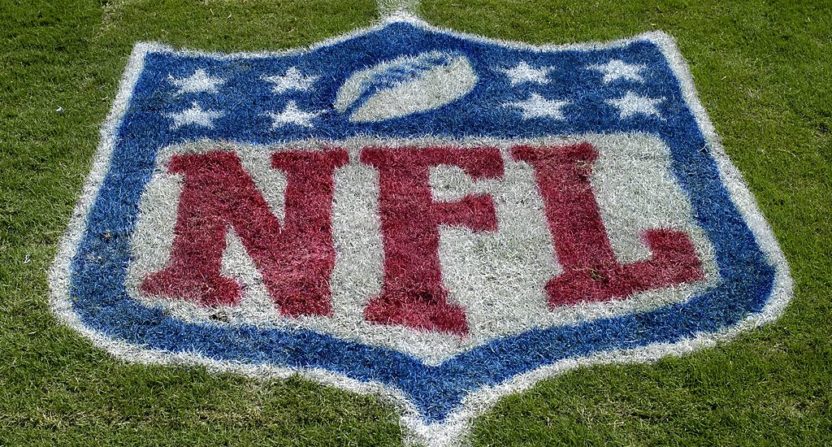In 2016, the NFL distributed $244 million to each of its 32 teams, or $7.8 billion in total, according to Ad Age. And since the bulk of that record sum comes from television deals, you’d be forgiven for assuming the league’s TV revenue is in a good place.
But it’s becoming more and more clear that the league and its rightsholders (CBS, Fox, NBC, ESPN) have a serious problem. According to Bloomberg, the NFL and the networks that broadcast its games are preparing for a substantial drop in ad revenue, owing to declining ratings, spending cuts from companies that typically advertise heavily and an abundance of professional and college games.
The latest
“If advertisers were buying football because they believe it’s always going to grow, what happened this past season proves football is not immune to decline,” said Brian Wieser, an analyst with Pivotal Research.
Though upfront talks have been a struggle all around for the NFL, the biggest blow has been the announcement that both Viagra and Cialis are pulling their spots from the league’s games next season, after spending more $50 million total on NFL advertising last year. The drug companies attributed that decision to changes in their marketplace, including Viagra losing its patent exclusivity.
Auto companies have also cut their ad buys, according to Bloomberg.
Finally, it’s not helping ad prices that there’s more football to watch than ever before—pro and college; Sunday, Monday and Thursday; linear and streaming. With more supply and less demand, networks are having trouble securing the same advertising rates as before.
Of course, the NFL is still the most consistent ratings draw on TV, and the league will continue to reap huge sums of advertising revenue for the foreseeable future (especially given that the TV deals are all locked into place for the next few years). But the recent setbacks are a reminder that even the NFL can’t grow infinitely, and eventually the league faces the same ups and downs as anybody.
Then again, if ratings bounce back in the fall, the situation with advertisers might not seems so dire a year from now.






